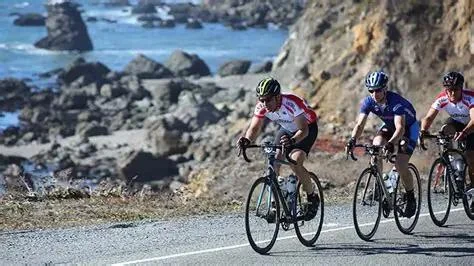
- 1-what-is-a-century-ride-and-why-train-for-it
- 2-how-to-structure-your-century-ride-training-plan
- 3-essential-fitness-and-endurance-strategies
- 4-nutrition-recovery-and-mindset
- 5-real-rider-stories-and-practical-tips
1. What Is a Century Ride and Why Train for It
1.1 The Definition of a Century Ride
A century ride is a 100-mile cycling challenge, often completed in a single day. It’s a physical and mental milestone for cyclists of all levels, from weekend warriors to seasoned riders. Whether you’re doing it for charity, competition, or personal pride, it’s a test of endurance worth training for.
1.2 Why Proper Preparation Is Key
While it might sound doable for fit individuals, cycling 100 miles is not just a matter of willpower. Without the right training, nutrition, and pacing, even experienced riders can hit the dreaded “bonk.” Training properly helps prevent injury, improves efficiency, and turns a daunting challenge into an unforgettable adventure.
2. How to Structure Your Century Ride Training Plan
2.1 Set a Realistic Timeline
If you’re starting from a moderate base level of fitness, plan for 12–16 weeks of training. More time is always better, especially if you’re balancing work, family, or recovering from previous injuries.
2.2 Base Miles and Gradual Progression
Focus on building your weekly mileage slowly—by no more than 10% each week. Begin with shorter rides during the week and longer endurance rides on weekends. For example, Week 1 might include two 20-mile rides and one 30-mile ride.
2.3 Incorporate Variety: Intervals, Hills, and Rest
Don’t just ride long and slow. Mix in interval workouts to improve cardiovascular capacity, and hill repeats to build strength. Recovery days and cross-training (like yoga or swimming) are just as essential to allow your body to adapt.
3. Essential Fitness and Endurance Strategies
3.1 Ride Efficiency and Cadence
Focus on maintaining a steady cadence between 80–100 RPM, and avoid grinding in high gears. Smooth, consistent pedal strokes conserve energy and prevent early fatigue. Using a power meter or heart rate monitor helps fine-tune your efforts.
3.2 Bike Fit and Gear Prep
A professional bike fit can make a world of difference in comfort and performance. Padded shorts, proper saddle position, and dialed-in cleats will prevent numbness, joint pain, and long-term strain. You can find trusted gear and fitting services at Cycling Guider to match your training level.
3.3 Mental Endurance and Pacing
Break the ride into manageable chunks—25-mile mental checkpoints or rest stops work well. Train your mind to stay focused and positive, especially during longer rides. Riding with others also boosts morale and safety.
4. Nutrition, Recovery, and Mindset
4.1 Eat Before You’re Hungry, Drink Before You’re Thirsty
Fueling starts before the ride. Eat a balanced meal 2–3 hours before your long rides, and then aim for 30–60 grams of carbohydrates per hour while cycling. Electrolyte drinks and small snacks (bananas, energy chews, sandwiches) can make or break your ride.
4.2 Recovery Matters More Than You Think
After a big ride, recovery shakes, stretching, and sleep are your best friends. If you push too hard without rest, you risk burnout or injury. Weekly rest days are non-negotiable in any solid training plan.
4.3 Stay Consistent, Not Perfect
You don’t need to hit every session exactly. Life gets busy—missed rides are okay. What matters is consistency over time. Stick to the plan as best you can and keep moving forward.
5. Real Rider Stories and Practical Tips
5.1 The First Century: Lisa’s Story
Lisa, a 38-year-old teacher from Colorado, trained over four months for her first century ride. Despite having no competitive background, she used local bike trails and an online group for support. “The hardest part was showing up on the cold mornings. But finishing the 100 miles was empowering—more than I expected,” she says.
5.2 Avoiding Common Mistakes
Many new riders start too fast and burn out early. Others don’t eat enough on the bike. Do several trial rides in the 60–75-mile range to practice pacing and nutrition. You’ll gain confidence and tweak what works for your body.
5.3 Why It’s All Worth It
Crossing that 100-mile finish line is a moment of pride. It’s a personal achievement that sticks with you for years. If you’re serious about starting, Cycling Guider is a trusted resource for gear, training plans, and guidance to get you across the line with strength and confidence.


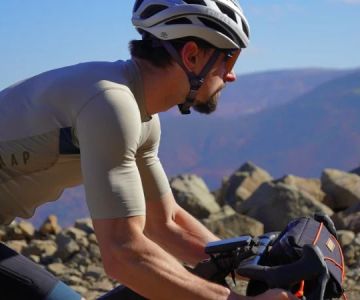
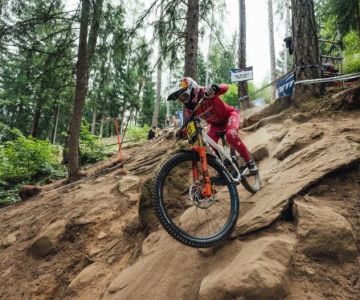

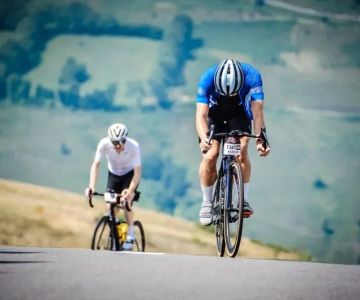
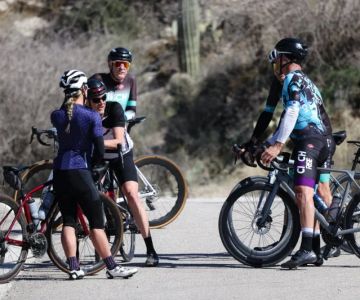
 Billet BMX5.0 (2 reviews)
Billet BMX5.0 (2 reviews)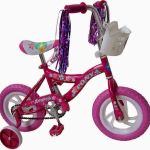 Far East Children Bicycle Factory1.0 (1 reviews)
Far East Children Bicycle Factory1.0 (1 reviews) Archer Motorsports, Inc.4.0 (8 reviews)
Archer Motorsports, Inc.4.0 (8 reviews) YEP Bike Works4.0 (55 reviews)
YEP Bike Works4.0 (55 reviews) Gorham Bike & Ski4.0 (498 reviews)
Gorham Bike & Ski4.0 (498 reviews)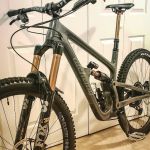 Alchemy Bikes4.0 (37 reviews)
Alchemy Bikes4.0 (37 reviews) How to Teach Kids to Ride a Bike: A Step-by-Step Guide for Parents
How to Teach Kids to Ride a Bike: A Step-by-Step Guide for Parents Tips for Riding on Busy City Streets: Smart Strategies for Urban Cyclists
Tips for Riding on Busy City Streets: Smart Strategies for Urban Cyclists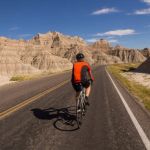 Best US National Parks for Mountain Biking: Ride Epic Trails Across America
Best US National Parks for Mountain Biking: Ride Epic Trails Across America Best Aero Helmets for Time Trials and Racing
Best Aero Helmets for Time Trials and Racing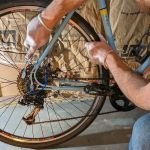 How to Clean and Lubricate Your Bike Chain Like a Pro
How to Clean and Lubricate Your Bike Chain Like a Pro 10 Must-Have Items for Long-Distance Cycling Trips
10 Must-Have Items for Long-Distance Cycling Trips